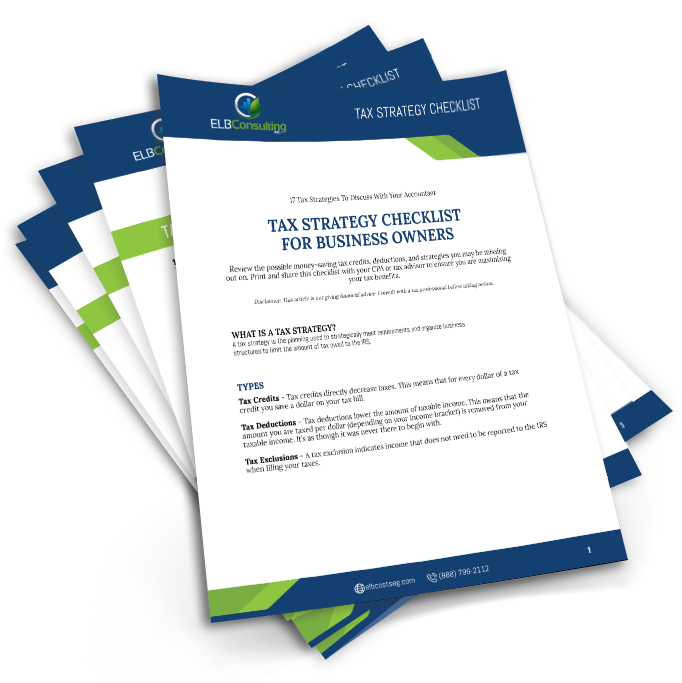ELB has added to its portfolio of services to further help business and commercial property owners reduce their overall tax burden and encourage growth. For 2017, ELB has added the Work Opportunity Tax Credit (WOTC), which is a federal program focused on building the labor force with employees that may otherwise not be the same consideration as other candidates. Creating an incentive to hire Veterans, ex-felons and those who may be receiving government assistance helps our economy.
The WOTC, along with ELB’s other engineered tax and energy solutions for commercial real estate, R&D Tax Credits, energy management & monitoring, construction audits and tax/asset-based reporting adds another component to the ELB360 wheelhouse.
The Work Opportunity Tax Credit
The Work Opportunity Tax Credit (WOTC) is a tax credit available to employers who hire individuals from certain target groups that normally have barriers to employment. With this benefit, employers claim over $1 billion in tax credits under the WOTC program every year.
The success and growth of this Federal and State income tax credit for business is beneficial for all who participate while increasing America’s economic growth and productivity. How?
- 1) The WOTC can reduce an employer’s cost of doing business, and encourages job growth
- 2) WOTC can reduce an employer’s federal income tax liability by as much as $9,600 per employee hired
- 3) There is no limit on the number of individuals an employer can hire that can qualify to claim this beneficial tax credit
- 4) Some tax-exempt organizations may take advantage of WOTC to receive a credit against their employer’s share of Social Security taxes, by hiring eligible veterans
Who is Eligible?
The target groups for this program is broad including:
- Veterans
- Ex-Felons
- TANF Recipients
- SNAP (food stamp) Recipients
- Designated Community Residents
- Vocational Rehabilitation Referral
- Supplemental Security Income Recipients
- Summer Youth Employees
How Does WOTC Work?
The tax credit employers can claim depends upon the target group of the individual hired, the wages paid to that individual in the first year of employment, and the number of hours that individual worked. There is also a maximum tax credit that can be earned.
For the long-term Temporary Assistance for Needy Families (TANF) target group only, this tax credit is available to employers who hire members of this group for up to a two-year period. A general highlight of a few key benefits is outlined below.
- In year one, if the individual works at least 400 hours, the employer may claim a tax credit equal to 40% of first-year wages, up to the maximum tax credit.
- In year two, the employer may claim a tax credit equal to 50% of the second-year wages, up to the maximum tax credit, if the individual works at least 400 hours.
- For all other target groups, the credit is available to employers who hire members of these groups, based on the individual’s hours worked and wages earned in the first year.
- If the individual works a minimum of 120 hours, the employer may claim a tax credit equal to 25% of the individual’s wages, up to the maximum tax credit in year one.
- If the individual works a minimum of 400 hours, the employer may claim a tax credit equal to 40% of the individual’s wages, up to the maximum tax credit in year one.
Let ELB help your firm take advantage of this benefit, and help get many of what may not be normally perceived as ideal candidates engaged in the interview process and working again.
You may be missing out on tax benefits.
Own commercial property?
We can help you find smarter ways to depreciate your property and reduce your taxes. Tell us about yourself and we’ll see how much you could be saving.




